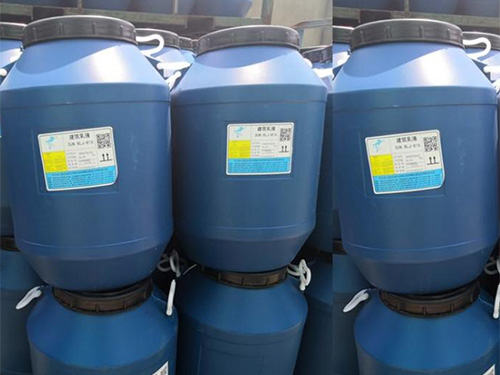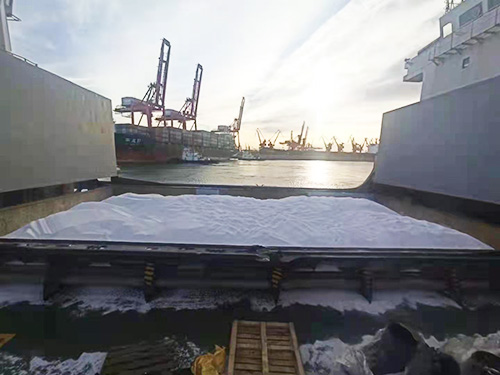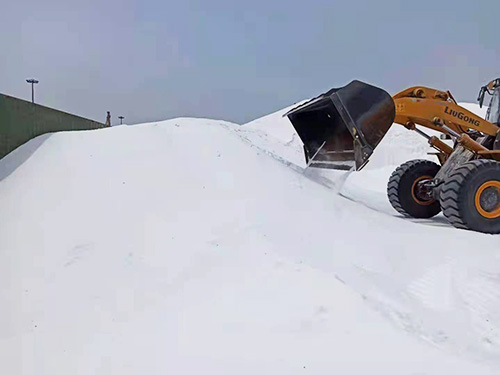How to operate toluene diisocyanate correctly
general requirements
Operators need to receive special training, strictly abide by operating procedures, master operating skills and have emergency disposal knowledge.
Closed operation to prevent leakage and provide sufficient local exhaust. Smoking is prohibited at the work site.
The production, use and storage places shall be equipped with leakage detection alarm, explosion-proof ventilation system and equipment, and more than two sets of heavy protective clothing. Operators shall wear self-priming filter gas masks, chemical safety glasses, anti poison penetration work clothes and oil resistant rubber gloves.
Pressure vessels and equipment such as storage tanks shall be equipped with safety valves, pressure gauges, liquid level gauges and thermometers, and shall be equipped with safety devices with pressure, liquid level and temperature remote transmission records and alarm functions. Key storage tanks shall be equipped with emergency cut-off devices.
Avoid contact with oxidants, acids, bases, alcohols and amines.
Safety warning signs shall be set in production and storage areas. Handle with care to prevent damage to packaging and containers. Provide corresponding varieties and quantities of fire-fighting equipment and leakage emergency treatment equipment.
Operating instructions
(1) This product is easy to react with amine, water, alcohol, acid and alkali, especially with sodium hydroxide and tertiary amine, which is difficult to control, and releases a lot of heat.
(2) The polymerization rate is very slow at room temperature, but it can self polymerize to form dimer when heated to more than 45 ℃ or in the presence of catalyst. It can react with strong oxidants. After heating, it will decompose and release cyanide and nitrogen oxides. Therefore, the heating temperature should be strictly controlled.
(3) When the TDI barrel expands due to the release of carbon dioxide after being polluted by water, the barrel shall be returned to the supplier first, and then the barrel top shall be pierced with a long cone or iron hook. Pay attention to placing the damaged barrel in a special management area and pay attention to exhaust ventilation.
(4) When the bucket is poured with water, check whether there is leakage. If there is no leakage, cover the bucket again and wipe it dry; In case of leakage, the barrel shall be sealed underwater or sent to land. During this process, pay close attention to the pressure rise of any barrel caused by water pollution.
(5) When the barrel overturns and bursts, dry sand or chemical absorbent shall be paved in the polluted area (large area), and the damaged barrel shall be put into the (over) large barrel. The used sand or chemical absorbent shall be collected in the open barrel for proper treatment, and the gas shall be discharged through the exhaust cover of the (over) large barrel. In addition, the contaminated area shall be thoroughly cleaned with diisocyanate neutralizing solution.
(6) the disposal of TDI and waste bins can react with polyols first, produce foam, then discard or incinerate. Or react with liquid detergent to form urea derivatives.
(7) For the bucket containing TDI, first inject 2 to 5 liters of decontamination solution into the bucket, clean it by spraying or rolling, then open the bucket for 4 to 6 hours to fully react, and finally rinse it with water.
(8) During filling, use the universal joint pipe filling system to prevent over loading.
To thrive in an industry that has an expansive global presence, it is important to cultivate long-lasting and fullfilling relationships with our suppliers and customers based on mutual understanding and responsibility.





